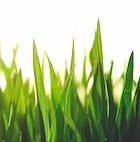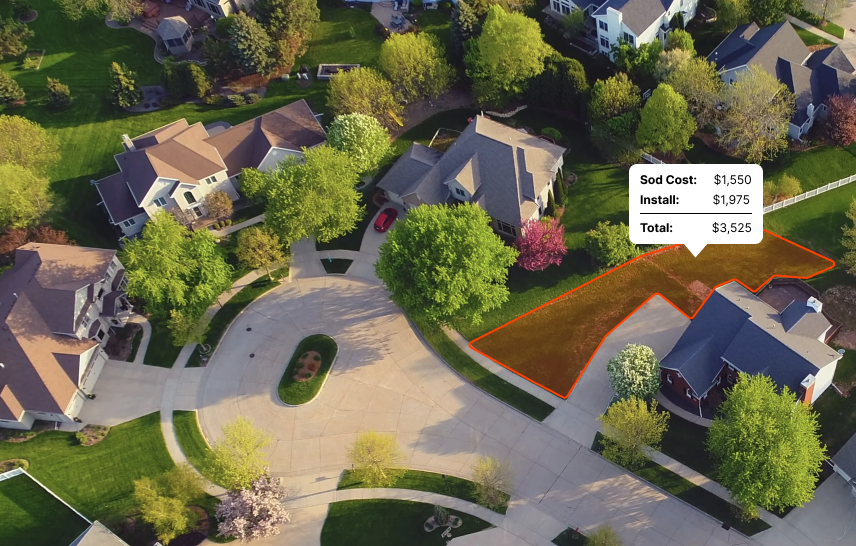Here, the cold winters and cooler summers are the perfect playground for cool-season grasses, while warm-season grasses might find the conditions a tad tricky. In short, for a lawn that loves life in New Hampshire, go cool or go home.”
Introduction
New Hampshire, the Granite State. It's a place of four distinct seasons, scorching summers, and winters that don't pull any punches.
This climate carousel plays a key role in picking the best lawn for your locale. Cool-season grasses love New Hampshire.
Kentucky bluegrass, tall fescue, and perennial ryegrass are the VIPs here. They're temperature titans, capable of rolling with the seasons and thriving when the weather turns cool and moist.
If you're itching to install a lawn in New Hampshire, late summer or early fall should be your target. That's when the temperatures ease up and the rain is generous, giving your grass a chance to lay down strong roots before winter storms onto the scene.
What are the best sod types for NH?
In the world of landscaping, not all grasses are created equal. Each thrives in a specific climate zone: cool, warm, or transition.
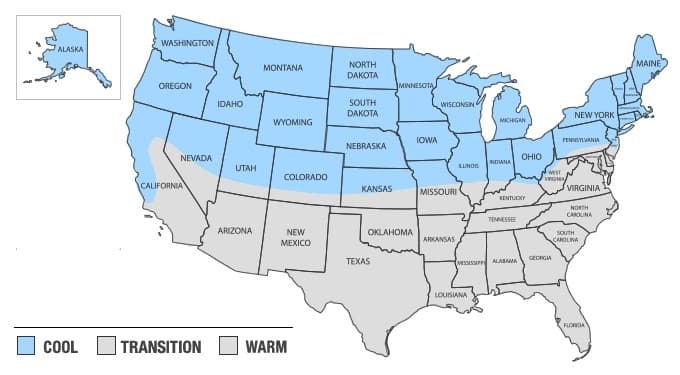
New Hampshire, with its cool season climate, prefers a particular set of grasses that relish the lower temperatures. The following sods are the easiest to grow and maintain in New Hampshire:
While it's possible to grow grasses meant for other regions with proper care, attention and timing, these are the most common grasses in New Hampshire for residential lawns.
Level Up Your Lawn Skills
Once per week we'll send you an interview from someone who has mastered the art of lawn care.
Recommended species for shade
Guess what? New Hampshire is a land of shifty shadows. Sure, it's great for a game of hide and seek, but when it comes to selecting the right sod variety for your yard, it can be challenging. Don't sweat it, though. We’ve got your covered with some of the best grasses for shade.
Topping our list is Fine Fescue. This grass variety comes with the tagline "low maintenance, high shade tolerance." It’s your go-to "I'd rather sip lemonade than spend my weekend mowing the lawn" choice. Fine Fescue likes to take it easy, needing only 4 hours of sunlight a day. And the best part? It adapts well to the acidic soils common in New Hampshire.
Next up is Tall Fescue. It’s a bit of a hustler, needing about 5 hours of sunlight per day. This grass has a strong dark-green game, making it perfect for lawns with a mix of sunny and shaded locales. It’s resilient, adaptable, and like a really good pair of jeans, it just fits in almost everywhere.
If your idea of a “shade” is more a patchwork quilt of sun splatters and charming dapples, consider Kentucky Bluegrass. Despite what you might think, this isn't just a grass for the Bluegrass state. It can thrive with around 6 hours of sunlight while adding a lush, blue-green carpet look to your lawn that would make your neighbors green (pun intended) with envy.
And finally, let's not forget the ultimate old reliable, Ryegrass. It’s not fussy, not too demanding, and it performs fairly well even with just 5-6 hours of sunlight a day. Bonus points for being heat and drought tolerant, because we all know New Hampshire weather can be a bit of a diva sometimes.
Remember, picking the right sod for your yard is like picking a dance partner. You need to find the one that steps in time with the rhythm of your climatic conditions and terrain. So, dear green-thumbed friends, it’s time to take your pick and let your lawn be the coolest shade haven in the neighborhood.
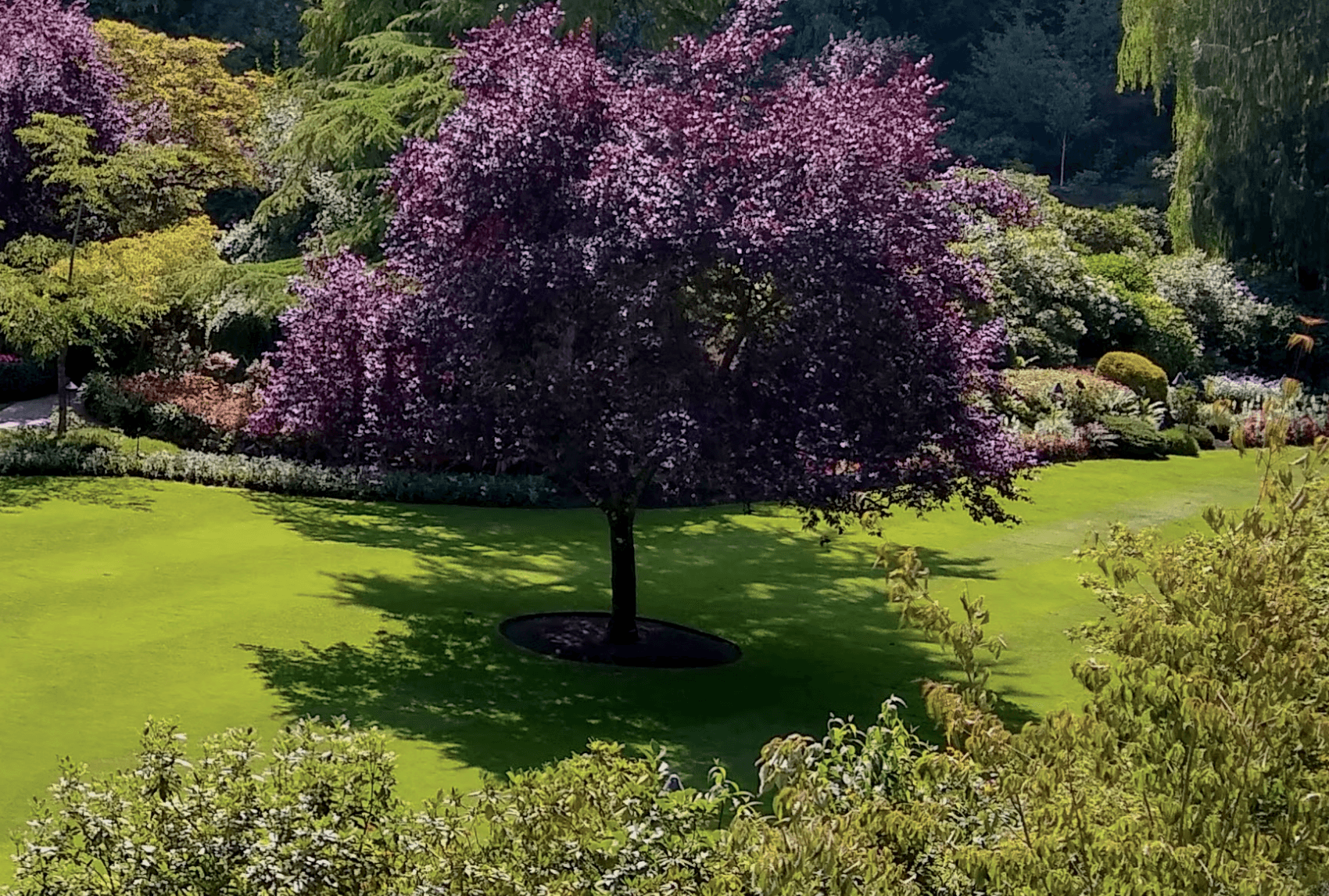
Recommended for full sun or partial sun
Choosing the right sod for your lawn depends heavily on the sunlight exposure in your yard. Different grass types have varying light requirements for optimal growth and appearance. Assessing whether your lawn receives full or partial sun is essential in selecting sod that will flourish and stay healthy in your specific environment.
Below are some sod options recommended for either full sun or partial sun conditions in NH:
| Grass Type | Sun | Good to Know |
|---|---|---|
| Tall Fescue | Partial | Tall Fescue is adaptable to a range of conditions, including partial sun, and is known for its deep root system and tolerance to drought. |
| Kentucky Bluegrass | Full | Kentucky Bluegrass prefers full sun and is prized for its fine texture, rich color, and ability to recover quickly from damage. |
| Perennial Ryegrass | Full | Perennial Ryegrass thrives in full sun and is known for its rapid germination, fine texture, and bright green color. |
| Fine Fescue | Partial | Fine Fescue is well-suited for partial sun and is appreciated for its fine texture, shade tolerance, and low maintenance requirements. |
What varieties stay green year-round?
As with anything agriculture related, there is some nuance to this question. There are many grasses that can stay green year round in but it depends heavily on your location within New Hampshire as well as any microclimates that may exist.
The following grasses have the ability to stay green year round in New Hampshire:
| Grass Type | Caveats |
|---|---|
| Tall Fescue | It typically stays green throughout the year in milder climates, given that it isn't overly stressed by heat or drought in the summer. |
| Kentucky Bluegrass | It can retain its green color for much of the year when well-maintained, though harsh winter temperatures can push it towards dormancy and a browner hue. |
| Perennial Ryegrass | It can stay vibrant and green throughout the year in many climates, unless conditions are extremely cold or dry. |
| Fine Fescue | It keeps its green color throughout the year in ideal conditions. If the winters are particularly harsh, it may lose some color. |
What is the best time to lay sod in New Hampshire?
Since it is considered a cool-season location, the ideal time to lay sod is in early spring or early fall. These periods offer moderate temperatures, leading to less stress on the sod and providing optimal conditions for root establishment before extreme temperatures of winter or summer. Avoid the summer, as high heat can stress the sod.
As you can see in the image below, you'll notice the most shoot growth (the grass above ground) and root growth in the spring and fall for cool season grases:
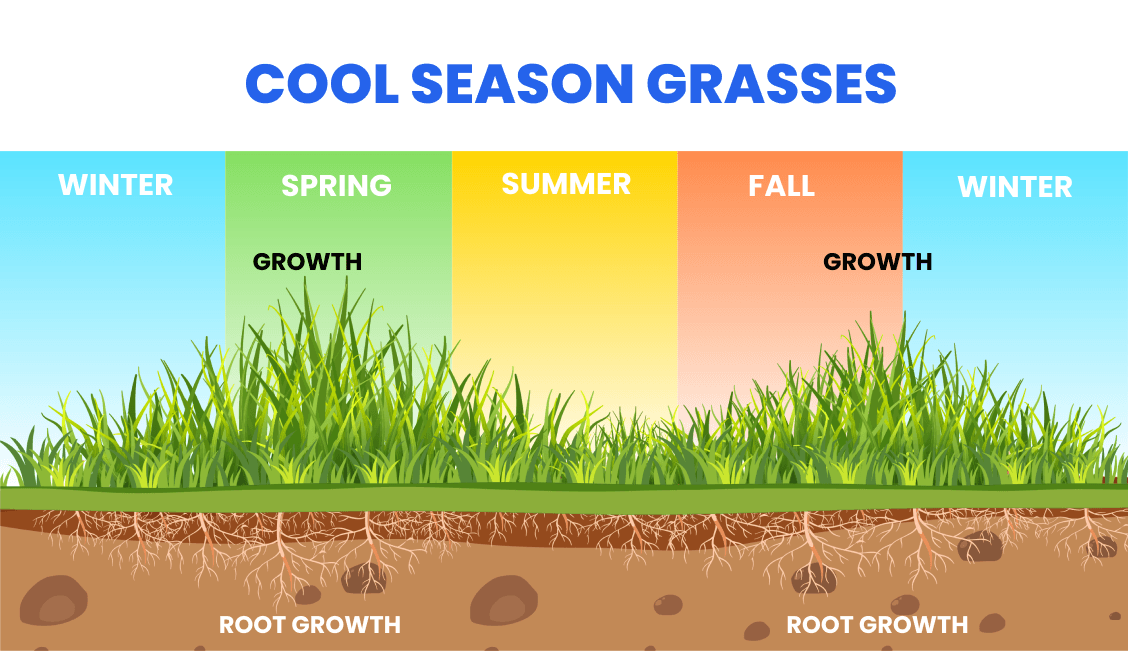
Find reputable companies for installing sod in NH
Here are the top problems you'll face when trying to get sod installed by a landscaping company:
- They're not transparent about pricing. You'll often get a quote that's way higher than you'd expect.
- They're hard to get ahold of on the phone or you'll reach out online but won't hear back.
- It's hard to pin them down for a specific date. Because you can only bring sod from the farm when there's decent weather, this causes some delays at times. It also has a short shelf life, so it's important to get it installed within a day or two of delivery.
We've done all the work for you. Click below to get a quote from one of the top installers in New Hampshire.
